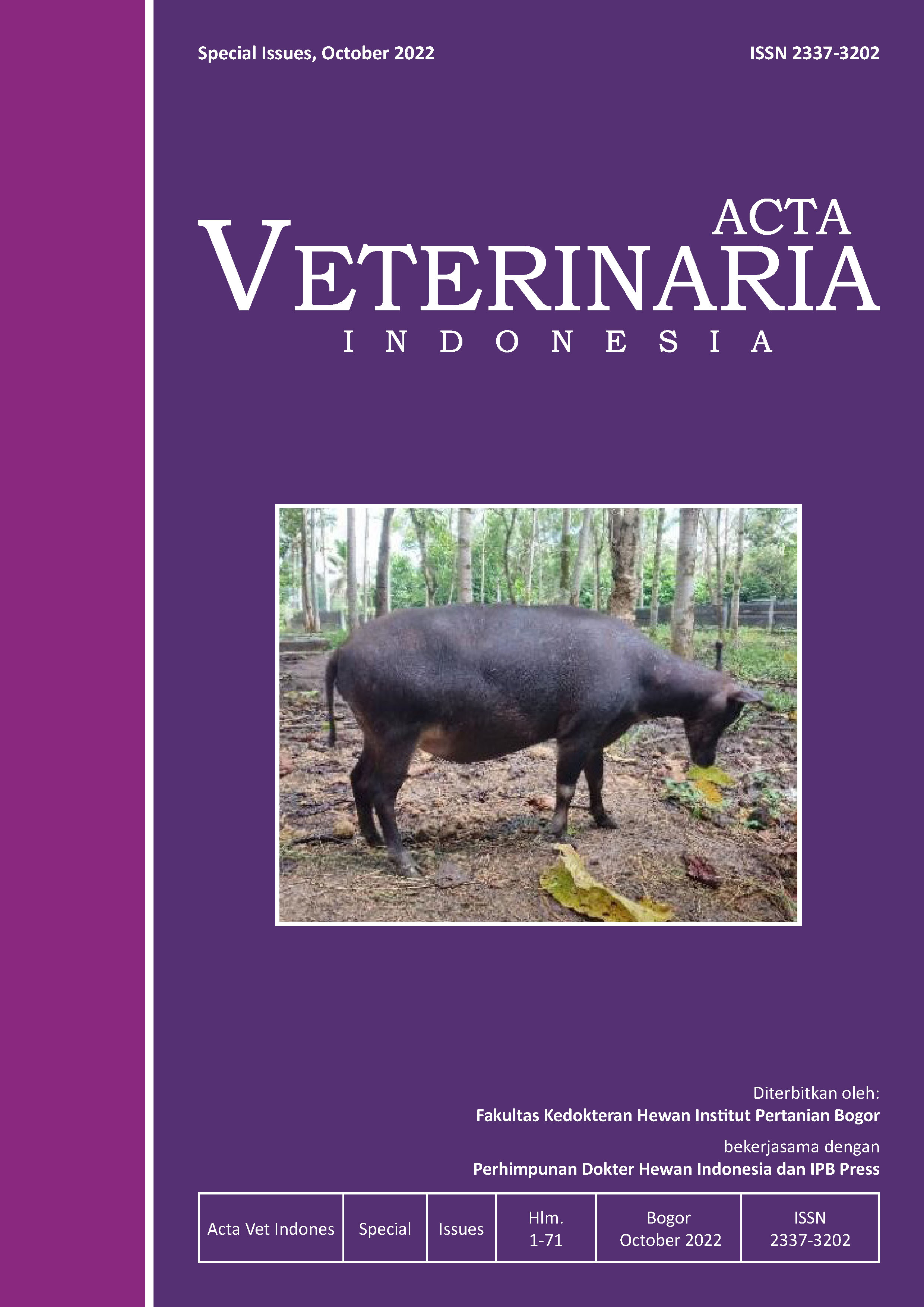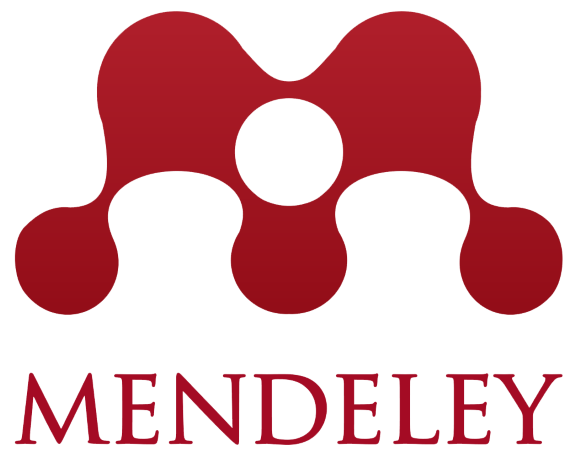Efek Pemberian Ekstrak Oregano (Origanum Vulgare) Terhadap Histomorfometri Ileum Pada Mencit Kolibasilosis
Abstract
Escherichia coli is a coliform bacterium with the family Enterobacteriaceae, the bacteria are able to survive in the digestive tract. E. Coli are rod-shaped or gram-negative bacilli, facultative anaerobes and do not have spores. Administration of aminoglycoside streptomycin class of antibiotics can work by inhibiting protein synthesis. Oregano (Origanum vulgare) contains flavonoids, phenol cravaracol, phenolic glycosides, tannins, thymol and terpenoids. Cravaracol phenol can damage cell membranes and can damage bacterial cell DNA, and reduce ileal cell damage phenol as an antioxidant. Thymol function will increase the permeability of cell membranes. This research is an experimental study using male Balb/C (Mus musculus) mice with a body weight of 20-25 g, aged 8-10 weeks. This study used a randomized series consisting of K- (Healthy), K+ (streptomycin antibiotic induction and Escherichia coli induced), P1, P2, P3 given the antibiotic streptomycin and E.coli induction and Origanum vulgare extract with a concentration of 5 mg/head in P1, 10 mg/head on P2 and 20 mg/head on P3. Variables observed were ileal histopathology descriptively and histomorphometrically by measuring the length and width of the villi using image J, and analyzed using the One Way ANOVA test with homogeneity and normality p>0.05. The results of the study and conclusions on histopathology and histomorphometry showed that the P1 group (5 mg/head) did not experience a decrease in damage to the ileal villi epithelium and was not significantly different, this was compared to the positive control (K+). While the P1 group (5 mg/head) was significantly different (p<0.05) when compared to the P2 group (10mg/head) and P3 (20 mg/head).
Downloads
Copyright (c) 2022 Acta VETERINARIA Indonesiana

This work is licensed under a Creative Commons Attribution-ShareAlike 4.0 International License.
This journal provides immediate open access to its content on the principle that making research freely available to the public supports a greater global exchange of knowledge.
All articles published Open Access will be immediately and permanently free for everyone to read and download. We are continuously working with our author communities to select the best choice of license options, currently being defined for this journal is licensed under a Creative Commons Attribution-ShareAlike 4.0 International License (CC BY-SA).


_.png)
_.png)











